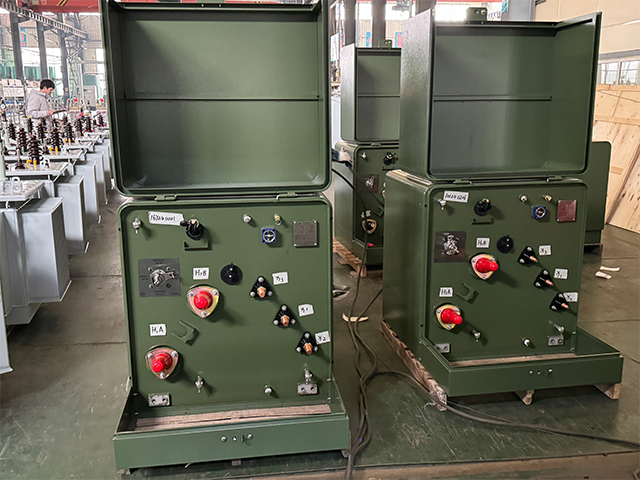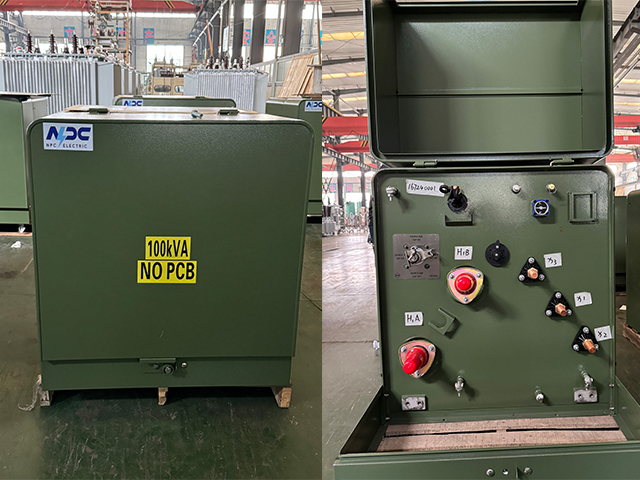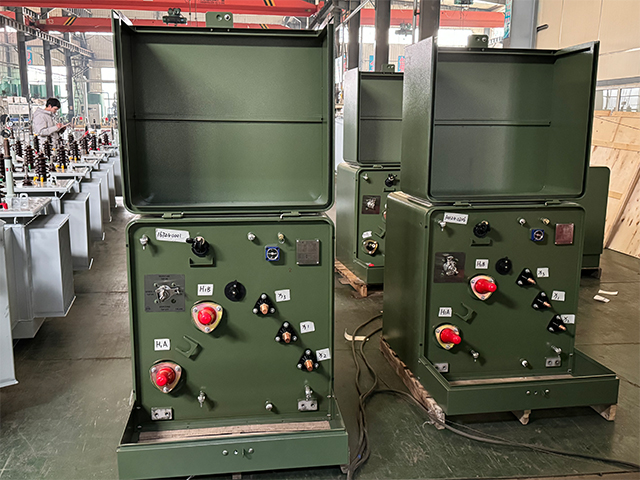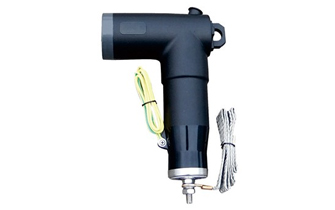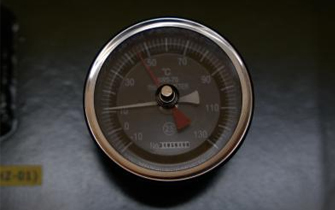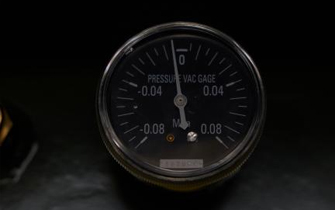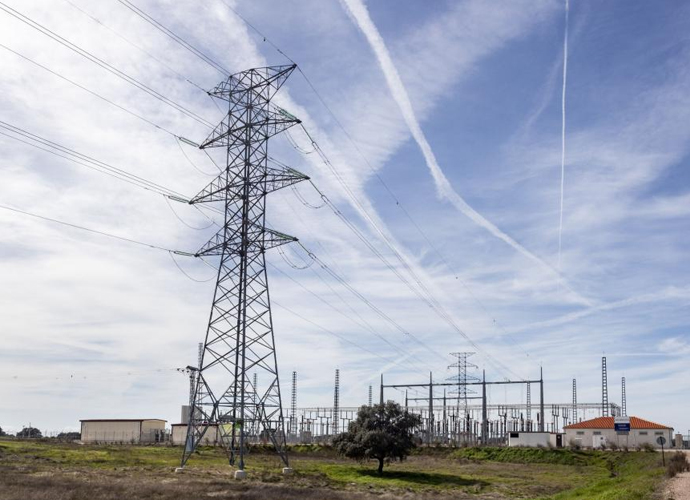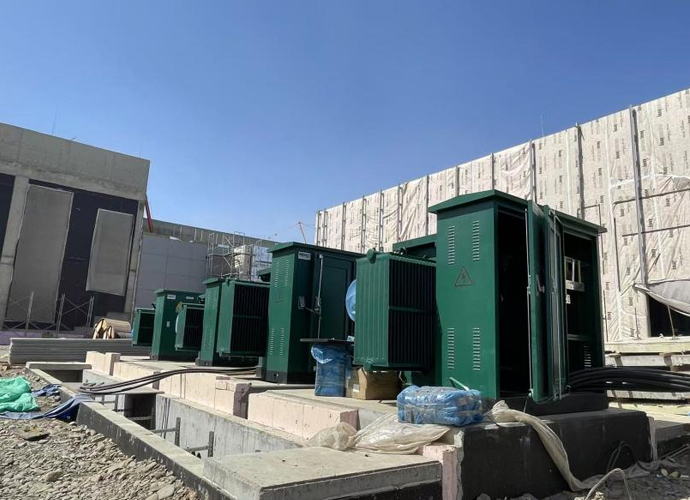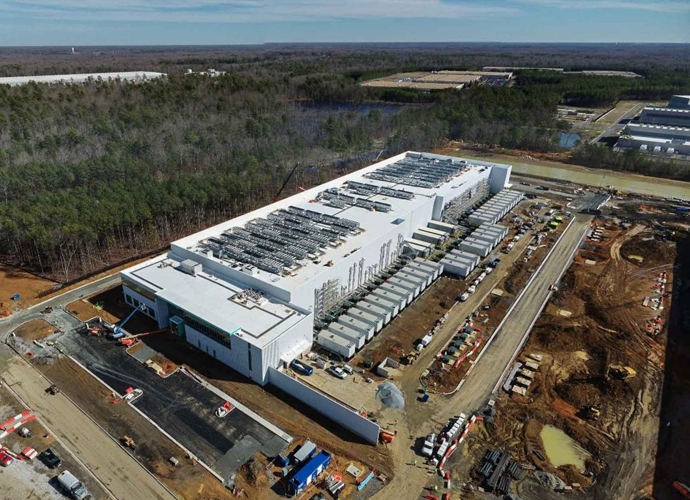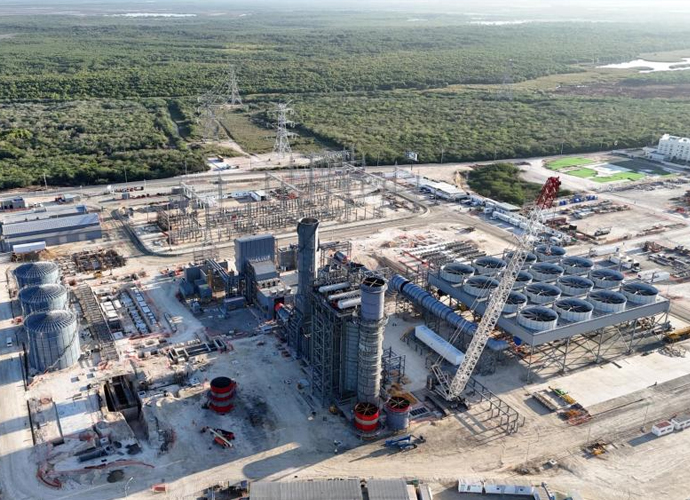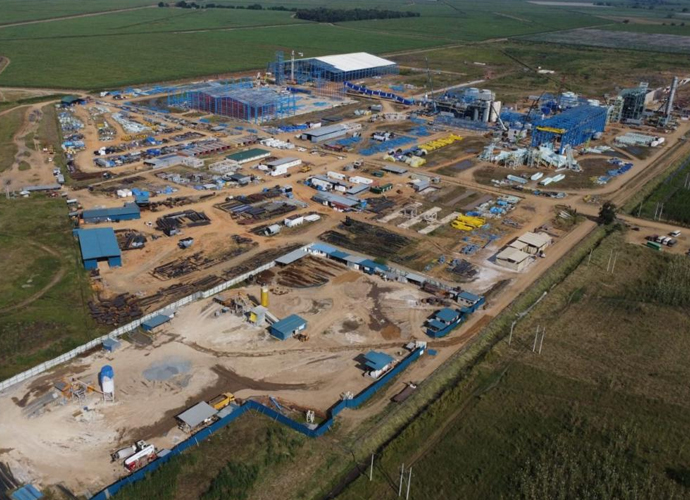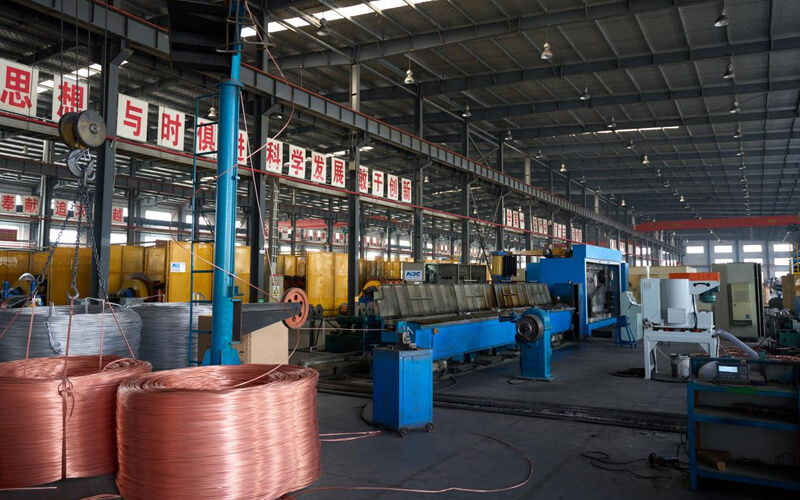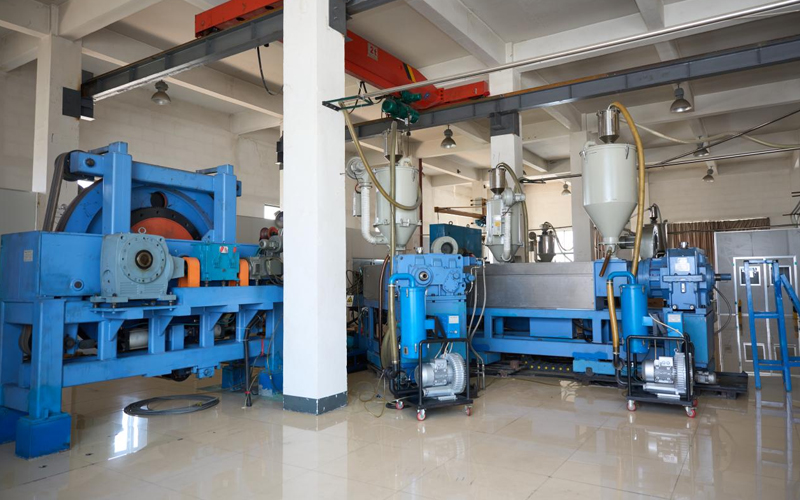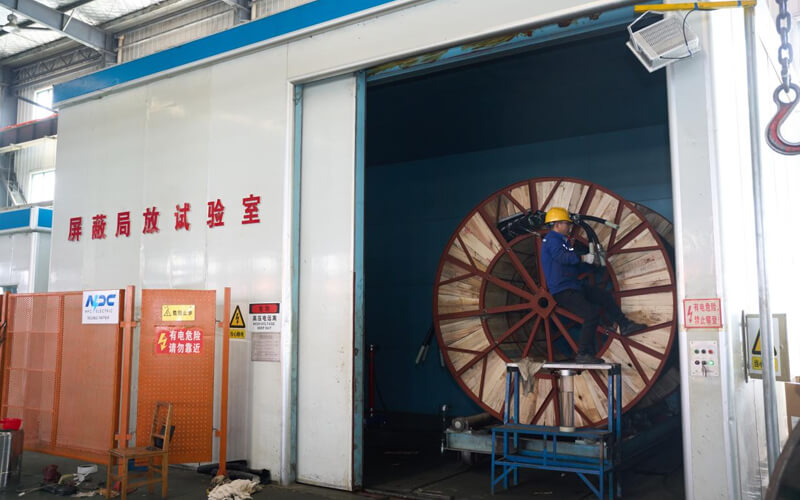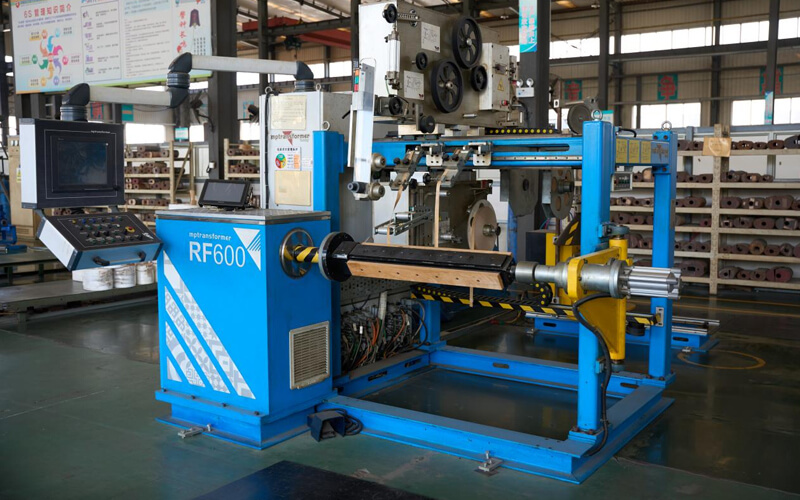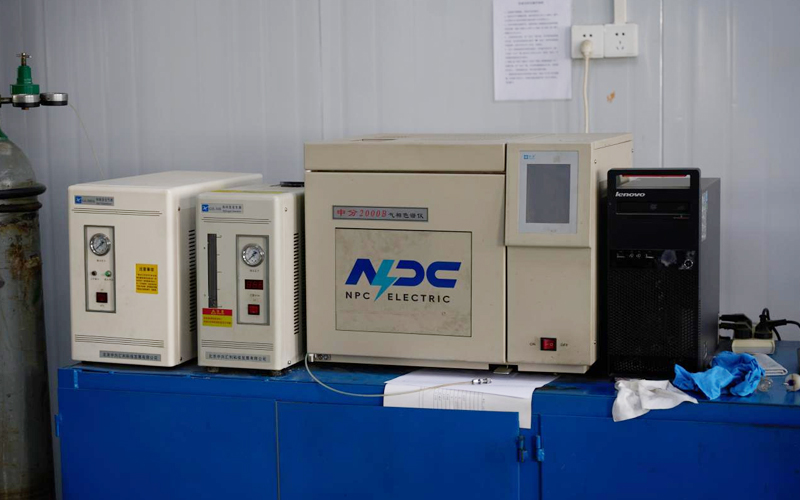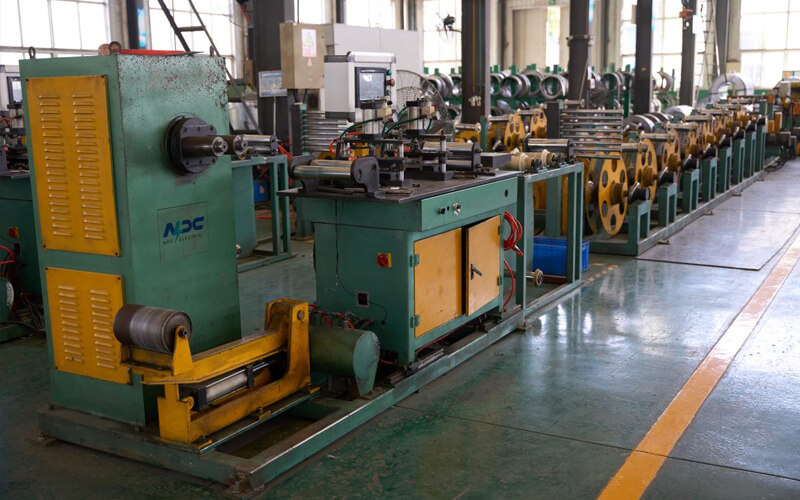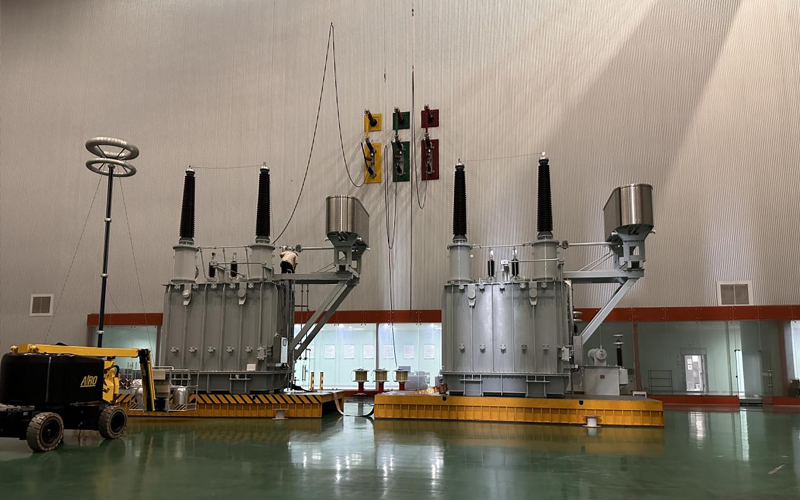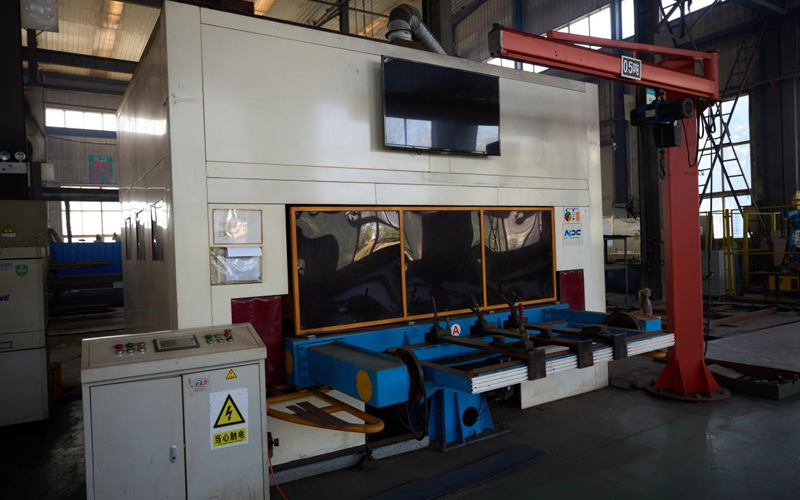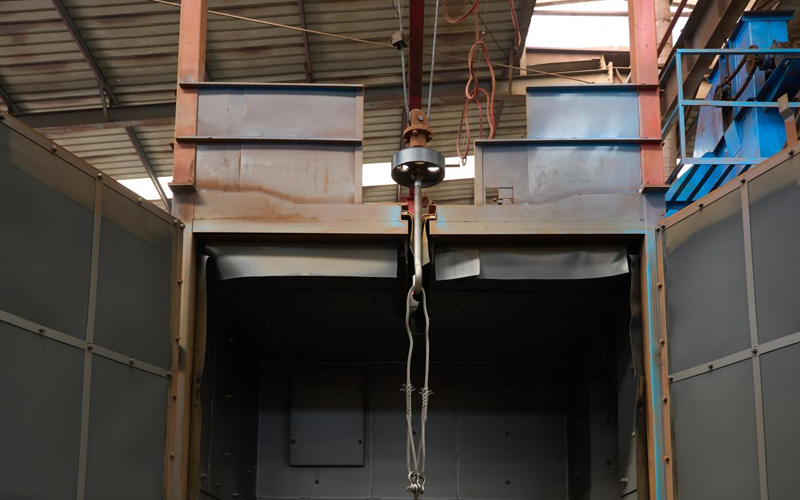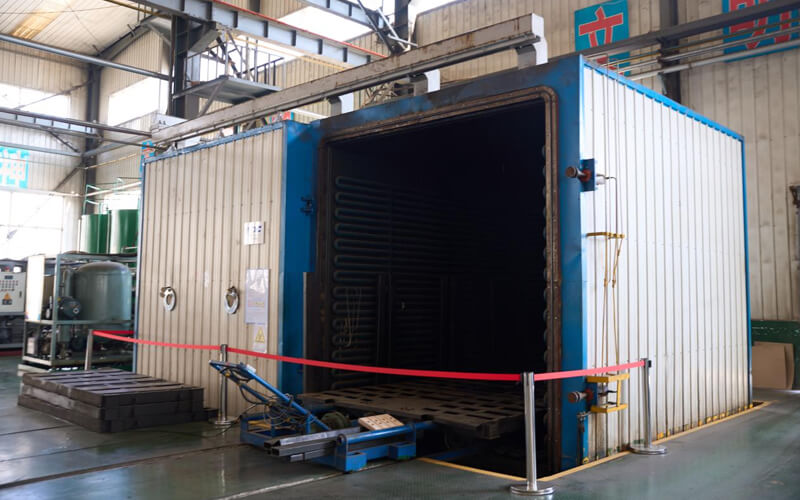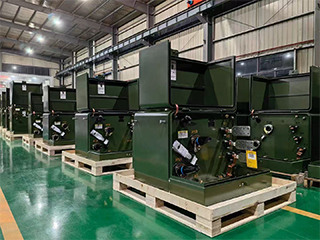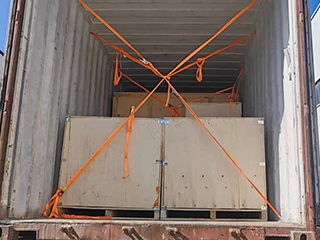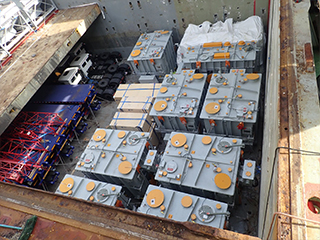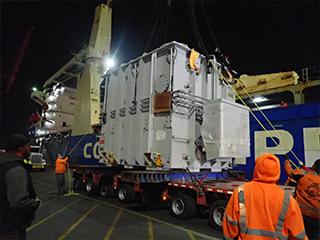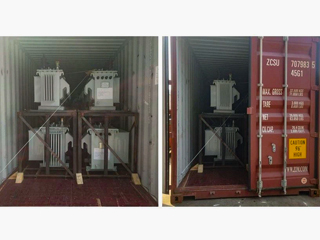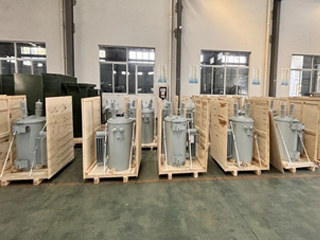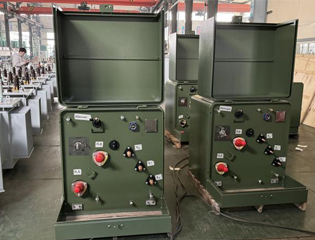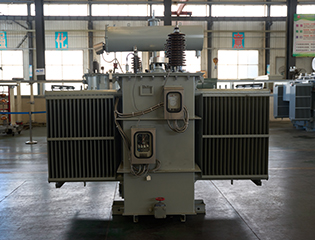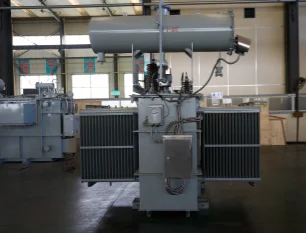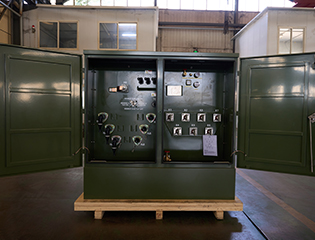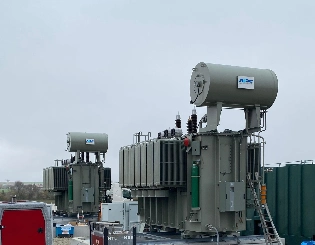5kVA Single Phase Pad Mounted Transformer
- Primary Voltage Ratings 34.5-19.92/13.8-7.957/13.2-7.62/12.47-7.2, 24.94, 26.25, 33 or others
- Secondary Voltage Ratings 480-240/240-120V or customized
- H.V. Tap Range ± 2×2.5% HV taps or others
- Type Loop Feed or Radial Feed
- BIL 30/95kV
- Standards IEEE, IEC, ANSI, NEMA
- Application Renewable Energy Projects,Small Commercial and Industrial Applications etc
- Power Rating 5kVA
- Certificate UL ,CESI
- Cooling Method ONAN, ONAN/ONAF, KNAN, KNAN/KNAF
- Oil Mineral Oil or FR3
- Opeartion Step Down & Step Up
Technical Specifications
| Rated Power | 5 kVA |
| Rating Primary Voltage | 11950Delta or Customized |
| Secondary Voltage | 480-240V 240-120V 277V Customized |
| Frequency | 50/60Hz |
| Vector Group | Ii0,Ii6 |
| Winding Material | Aluminum/Copper |
| Efficiency | As IEEE,Doe 2016,CAS Std or Customized |
| Impedance Voltage | Nominal 2% or Customized 1.1-5.75% |
| Altitude | ≤1,000m or Customized |
| Color | ANSI 70 Light gray/Munsell 7GY3.29/1.5 or customized etc |
| Tank material | Mild Steel, 304 Stainless Steel |
| Insulating Oil Weight | 20 kg |
| Total Weight | 150 kg |
| Outline Dimensions(L×W×H)in. | 600×400×800(mm) |
| Lifting Lug | ELSP Fuse |
| Hinged Door | BAY-O-NET Fuse |
| Parking Bracket | Tap Changer |
| Tank Cover | Oil Level Gauge |
| L.V Bushing (4-Hole ) | Pressure Relief Valve |
| Two/Four Position Load break Switch | Vacuum Pressure Gauge |
| HV Grounding Copper Bar | Terminal Block |
| Temperature Indicator | Door Handle |
| H.V Bushing Well | Ground Strap |
| Grounding Copper Bar | Nameplate |
| 1"'Drain Valve With 3/8" Sampler | Non-PCB decal |
| 1" Upper Fill Valve Filter Press Connection | High Voltage Warning Signs |
Customization Optional
Packing and Shipping
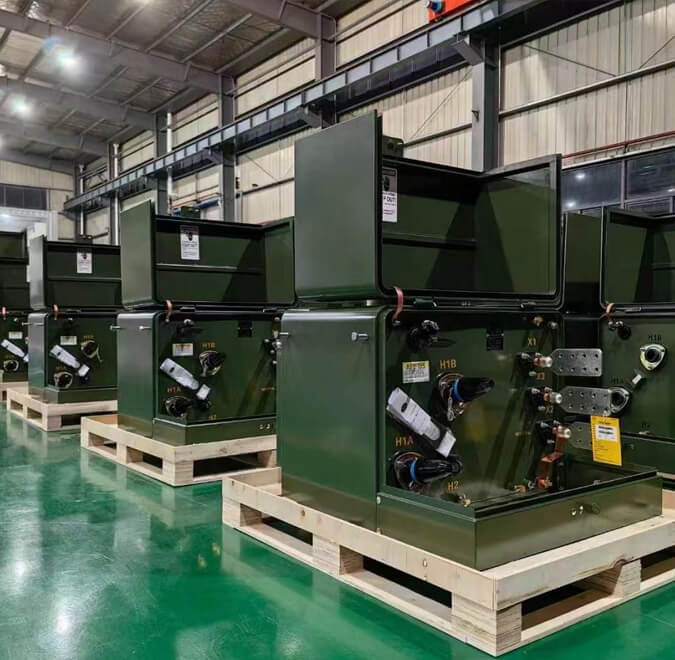
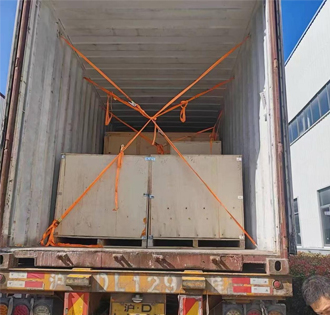
Manufacturer Test

Progress test
NPC Electirc manufacture pad mounted transformer have the strict quality control , The Progress Test for a 5kVA Single Phase Pad Mounted Transformer is conducted at various stages during its manufacturing process to ensure that the transformer meets all technical specifications and quality standards. This includes testing of core insulation, winding resistance, and dielectric strength, as well as verifying the performance of electrical components like bushings and tap changers. The progress tests also assess the transformer’s ability to handle load and voltage variations, ensuring it operates efficiently and safely under real-world conditions. Any adjustments or corrections are made based on test results before the final inspection and factory acceptance testing (FAT). This process guarantees that the transformer meets safety, performance, and reliability standards before delivery.
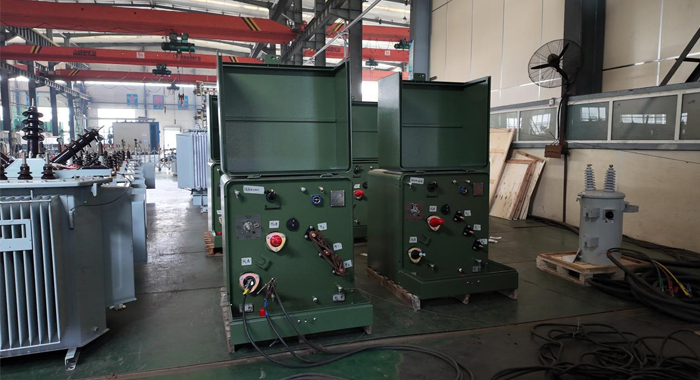
Design Tests
All transformer will be test after finished the production, test items as below:
♦ Insulation Power Factor:
♦ Ratio, Polarity, and Phase Relation:
♦ Winding Resistance:
♦ Impulse Tests:
♦ On load Loss Test:
♦ No Load Loss Test
♦ Leak Test:
♦ DC Insulation Resistance Test
♦ Transformer Turns Ratio/TTR (All Tap Voltages)
♦ Impedance Voltage & Load Loss (Rated Voltage)
♦ Polarity, 1-Ph / Phase Relation, 3-Ph (Rated Voltage)
♦ Excitation & No-Load Loss (Rated Voltage)
♦ Applied Voltage
♦ Induced Voltage
♦ Lightning Impulse
♦ Insulation Resistance (Rated Voltage)
♦ Temperature Rise
♦ Dielectric Withstand (Hipot)
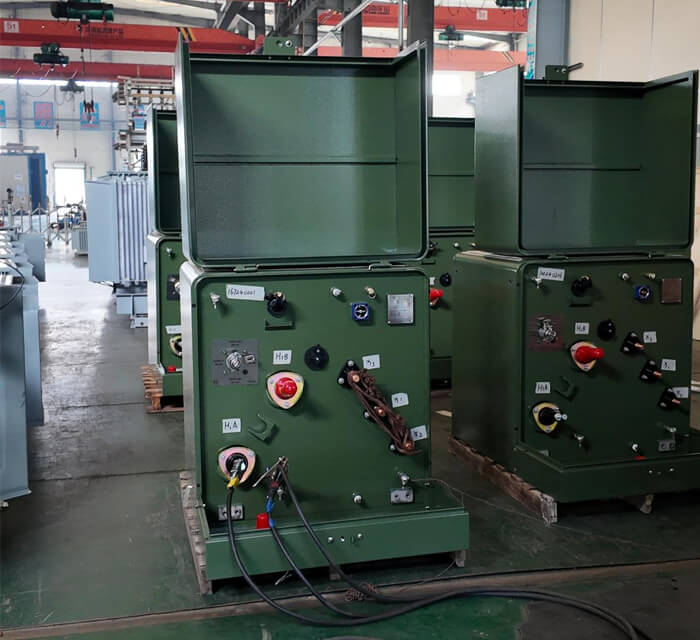
Transformer Factory Acceptance Test
NPC Electric will tests made for quality control by the manufacturer on every device or representative samples, or on parts or materials as required, to verify during production that the product meets the design specifications.
The Transformer Factory Acceptance Test (FAT) for a 5kVA Single Phase Pad Mounted Transformer is a comprehensive testing process conducted before the transformer is shipped to the customer. The FAT ensures that the transformer meets all design specifications, safety standards, and performance criteria. Key tests performed include:
Visual Inspection: Verifying the overall build quality, including welds, enclosures, and labeling.
Electrical Tests: Measuring insulation resistance, winding resistance, and performing a turns ratio test to ensure proper functionality of the electrical components.
Dielectric Testing: Checking the transformer’s insulation strength by applying high voltage to ensure it can withstand operating conditions without breakdown.
Operational Tests: Simulating load conditions to verify that the transformer operates efficiently and safely within specified parameters.
Functional Testing: Ensuring that all protective devices (such as bushings, tap changers, and surge arresters) work correctly.
The FAT confirms the transformer’s compliance with international standards and guarantees its readiness for installation and reliable long-term operation.
Routine Test - Winding Resistance
Test voltage source (commonly used are 6V, 10V, 20V, 40V or 100V, depending on the equipment model or customer requirements)
Temperature and humidity meter (used to record the ambient temperature and humidity during the test)
Disconnect the electrical connection between the test cable and the equipment to ensure that there is no external current or voltage interference.
Select a suitable voltage range for testing and set the test voltage according to the equipment requirements.
Connect the test equipment to the winding terminals of the device under test, making sure the connections are secure and properly grounded to avoid measurement errors.
Apply Test Voltage:
Select the appropriate test current according to the equipment specifications (such as test current for low-voltage windings, single-phase or three-phase windings).
Winding resistance (usually expressed in units of "Ω")
Test current (A)
Test voltage (V)
Temperature (record the winding temperature before and after the test)
Resistance deviation is between 5% and 10% (warning)
Resistance deviation exceeds 10% (further inspection or corrective action is required)
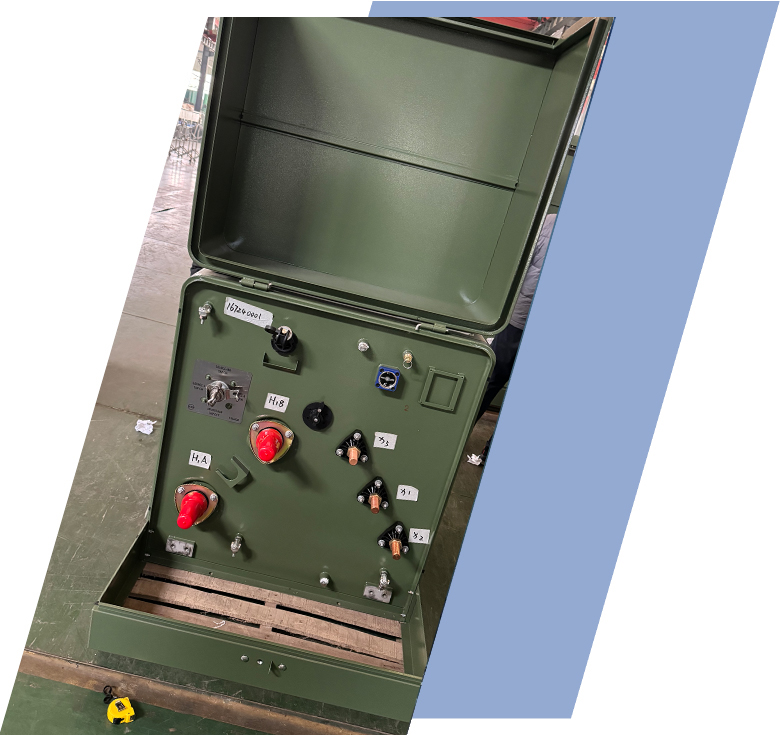
Application
Technical Advantages
Product Packaging
Related Products
FAQ From Customers
-
What is a Transformer?A transformer is an electrical device used to change the voltage of alternating current (AC). It works on the principle of electromagnetic induction, converting high-voltage current into low-voltage current or low-voltage current into high-voltage current. Transformers are widely used in power transmission, distribution systems, and various electronic devices.
-
What are the main uses of a transformer?The main use of a transformer is voltage conversion. Transformers are used in power transmission systems to help transfer electricity from power plants to consumers. In addition, transformers are also used in electronic devices such as chargers, televisions, power adapters, etc., to adjust the voltage to meet the requirements of different devices.
-
Do you have UL listed?Yes, our transformer has UL listed. We have exported to America many pad mounted transformer,substation transformer and HV.

